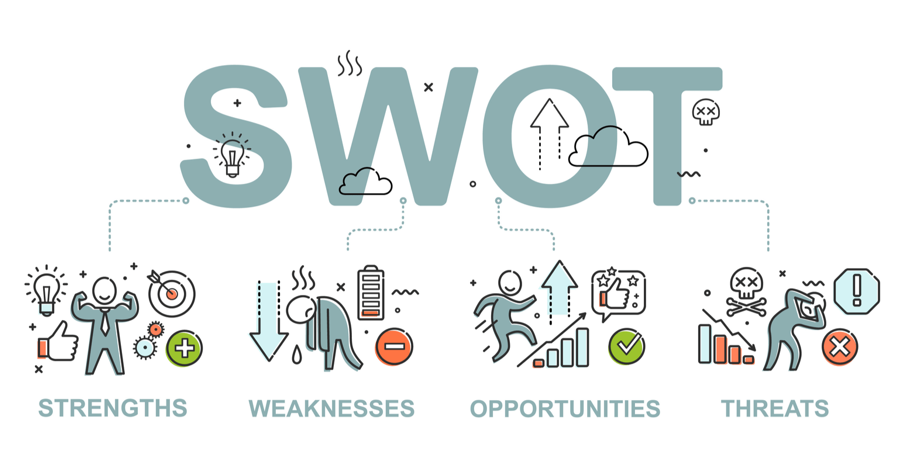The bicycle market pedals its way toward a projected US$64.36 billion by 2028, offering eco-friendly transportation, leisure activities, and competitive thrills. But with countless brands and shifting trends, what drives this dynamic market? Let’s analyze the strengths, weaknesses, opportunities, and threats (SWOT) shaping the world of two wheels:

Strengths:
- Environmental benefits: Bicycles offer a sustainable alternative to cars, reducing pollution and carbon emissions.
- Health and wellness: Cycling promotes physical fitness, mental well-being, and reduces the risk of chronic diseases.
- Accessibility and affordability: Compared to cars, bicycles are generally more affordable to purchase and maintain.
- Versatility: From commuting to leisurely rides and competitive cycling, bicycles cater to diverse needs and preferences.
- Growing infrastructure: Many cities are investing in bike lanes and dedicated cycling paths, improving safety and accessibility.
Weaknesses:
- Weather dependence: Cycling can be limited by adverse weather conditions, hindering year-round use in some regions.
- Safety concerns: Traffic accidents involving cyclists remain a concern, impacting adoption in some areas.
- Infrastructure gaps: Uneven distribution of bike lanes and dedicated cycling paths can discourage commuting and recreational cycling.
- Theft risk: The risk of bicycle theft can deter potential riders, especially in urban areas.
- Competition from e-bikes: The growing popularity of electric bicycles presents both competition and potential market expansion.
Opportunities:
- Urbanization and congestion: Increased urban populations and traffic congestion drive demand for alternative transportation options.
- Technological advancements: Innovations like e-bikes, smart bikes, and connected cycling wearables can attract new riders and enhance the experience.
- Growing health and wellness awareness: Rising concerns about health and sustainability create opportunities for cycling as a fitness and eco-friendly choice.
- Expanding markets: Emerging economies with growing economies and populations present vast potential for market expansion.
- Subscription and rental models: Flexible ownership options like bike-sharing programs can make cycling more accessible to a wider audience.
Threats:
- Economic downturns: Economic recessions can impact consumer spending on non-essential items like bicycles.
- Fluctuating raw material prices: Rising costs of steel, aluminum, and other materials can affect production costs and product prices.
- Stringent regulations: Increasing safety and environmental regulations can add compliance burdens for manufacturers.
- Competition from other forms of transportation: Public transportation improvements, ride-sharing services, and electric vehicles can pose competitive challenges.
- Shifting consumer preferences: Changing consumer preferences and trends could impact demand for specific types of bicycles.
The Road Ahead: Pedaling Towards Success
Understanding the SWOT factors empowers industry players and enthusiasts to navigate the dynamic bicycle market. Players can leverage strengths like sustainability and health benefits, address weaknesses like safety concerns and infrastructure gaps, and capitalize on opportunities like technological advancements and expanding markets. By anticipating threats like economic downturns and competition, the industry can ensure sustainable growth and continue to attract riders of all kinds. So, whether you’re a seasoned cyclist or just considering hopping on a bike, remember: the future of the bicycle market is bright, full of potential for both transportation and recreation.



